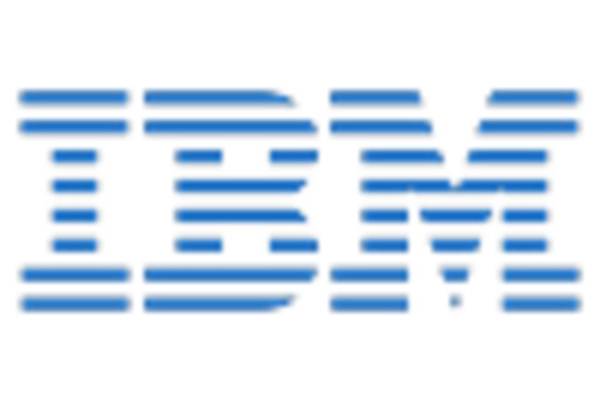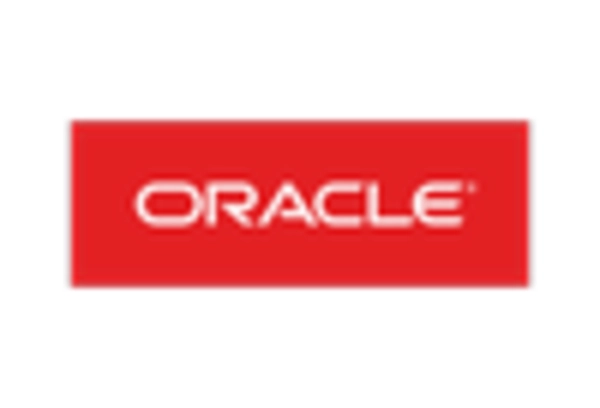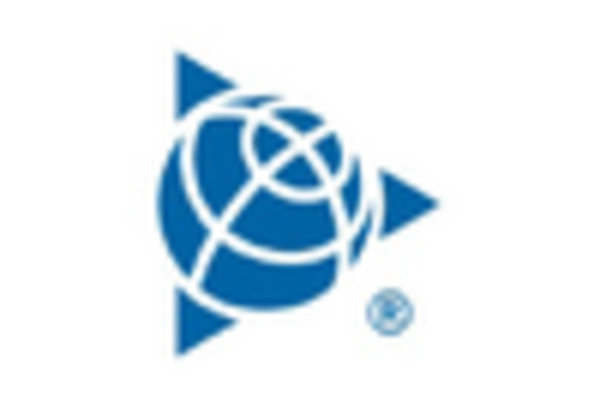The asset tracking-software market in North America is characterized by a dynamic competitive landscape, driven by technological advancements and increasing demand for operational efficiency. Key players such as Zebra Technologies (US), Trimble Inc. (US), and Oracle Corporation (US) are at the forefront, each adopting distinct strategies to enhance their market positioning. Zebra Technologies (US) focuses on innovation through the development of advanced RFID and IoT solutions, while Trimble Inc. (US) emphasizes regional expansion and partnerships to bolster its service offerings. Oracle Corporation (US) leverages its robust cloud infrastructure to integrate asset tracking capabilities into broader enterprise resource planning (ERP) solutions, thereby enhancing its competitive edge. Collectively, these strategies contribute to a moderately fragmented market structure, where competition is intensifying as companies seek to differentiate themselves through technology and service quality.
In terms of business tactics, companies are increasingly localizing manufacturing and optimizing supply chains to respond swiftly to market demands. The competitive structure remains moderately fragmented, with several players vying for market share. The influence of key players is significant, as they not only drive innovation but also set industry standards that smaller firms often follow. This competitive environment fosters a culture of continuous improvement and adaptation, essential for maintaining relevance in a rapidly evolving market.
In October 2025, Zebra Technologies (US) announced a strategic partnership with a leading logistics firm to enhance its asset tracking solutions through integrated data analytics. This collaboration aims to provide clients with real-time visibility into their supply chains, thereby improving operational efficiency and reducing costs. The strategic importance of this partnership lies in its potential to leverage Zebra's technological expertise alongside the logistics firm's industry knowledge, creating a comprehensive solution that addresses the growing demand for transparency in supply chain management.
In September 2025, Trimble Inc. (US) launched a new suite of asset tracking software designed specifically for the construction industry. This initiative reflects Trimble's commitment to sector-specific solutions, allowing construction firms to monitor equipment usage and location in real-time. The strategic significance of this launch is underscored by the construction sector's increasing reliance on technology to enhance productivity and reduce downtime, positioning Trimble as a leader in this niche market.
In November 2025, Oracle Corporation (US) unveiled an upgraded version of its asset tracking module within its cloud ERP platform, incorporating advanced AI capabilities for predictive analytics. This enhancement is crucial as it allows businesses to anticipate asset needs and optimize resource allocation proactively. The integration of AI not only strengthens Oracle's product offering but also aligns with the broader trend of digital transformation across industries, reinforcing its competitive position.
As of November 2025, the asset tracking-software market is witnessing trends such as digitalization, sustainability, and AI integration, which are reshaping competitive dynamics. Strategic alliances are increasingly prevalent, as companies recognize the value of collaboration in enhancing their technological capabilities and market reach. Looking ahead, competitive differentiation is likely to evolve from traditional price-based strategies to a focus on innovation, technology integration, and supply chain reliability. This shift indicates a growing emphasis on delivering value through advanced solutions rather than merely competing on cost.
















Leave a Comment